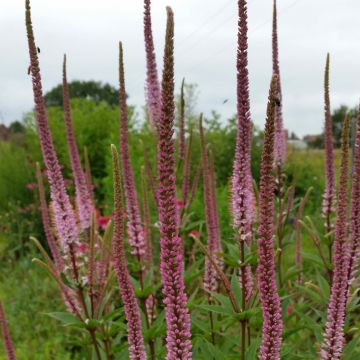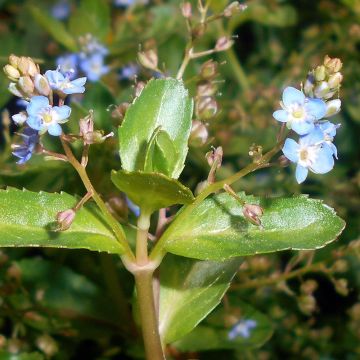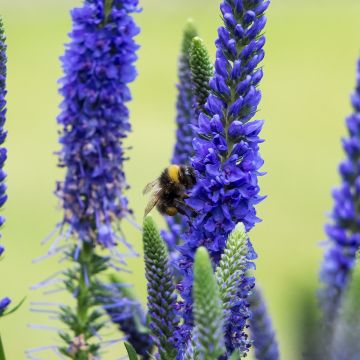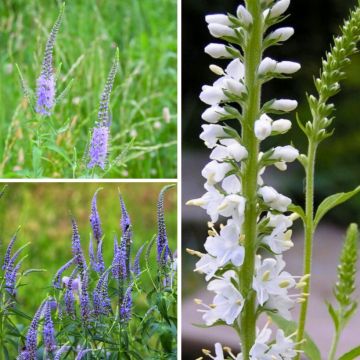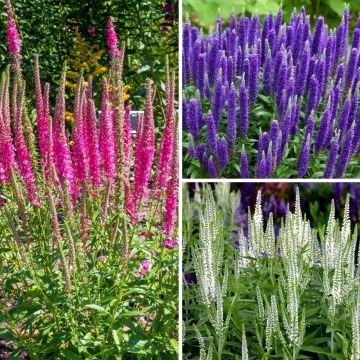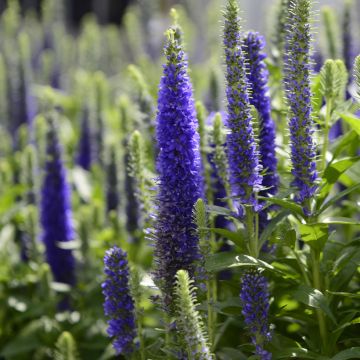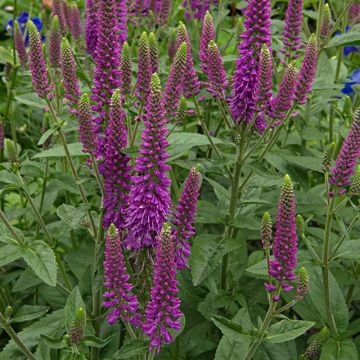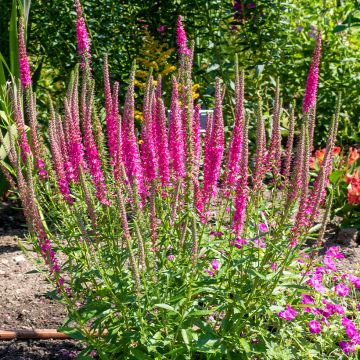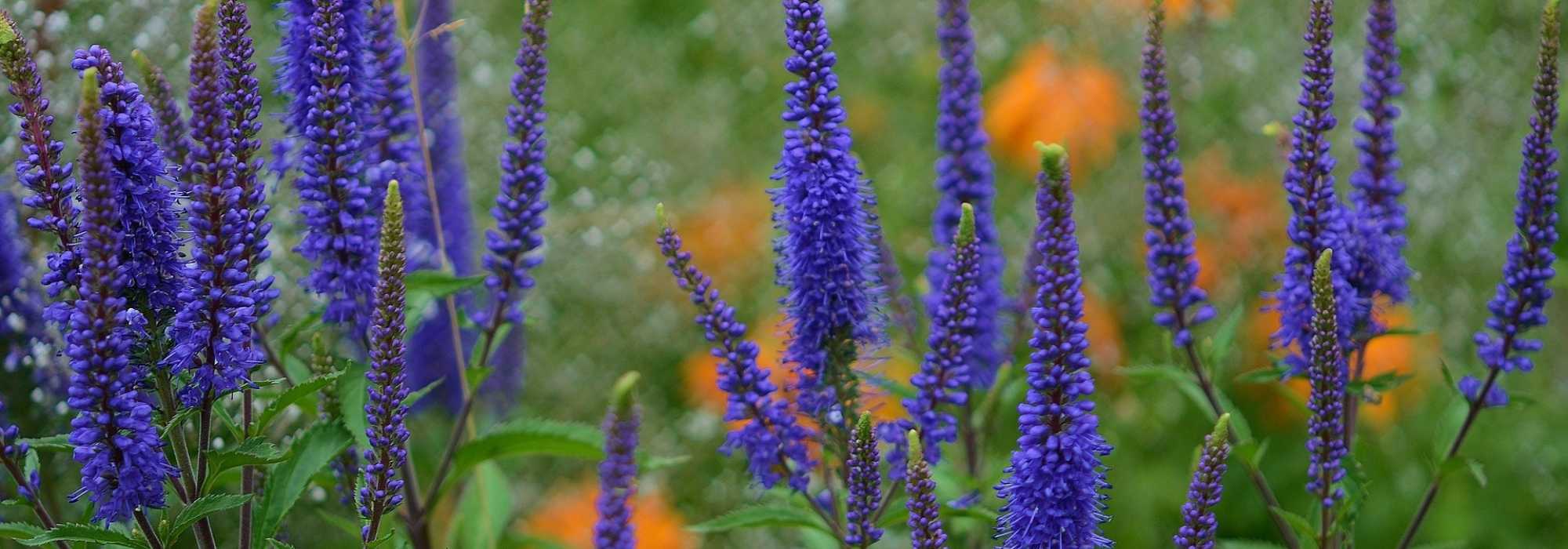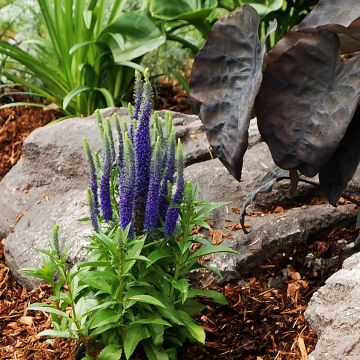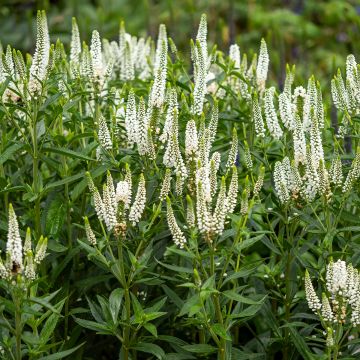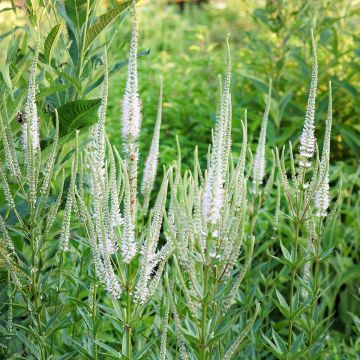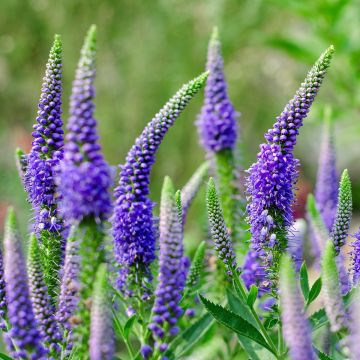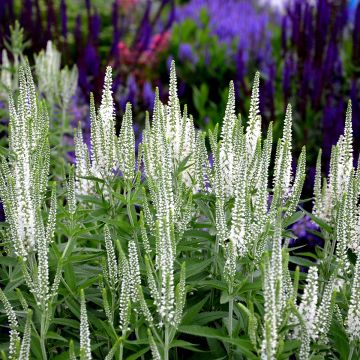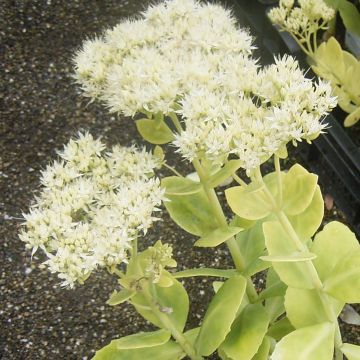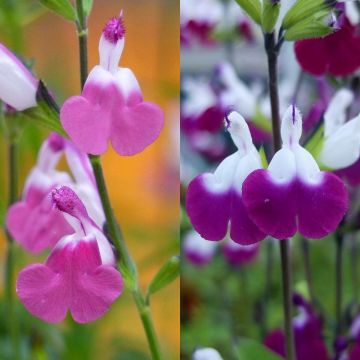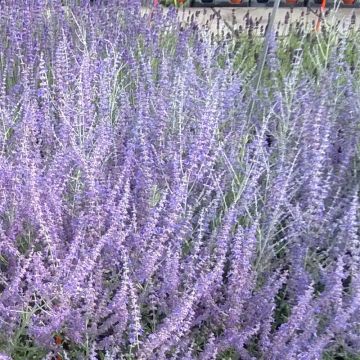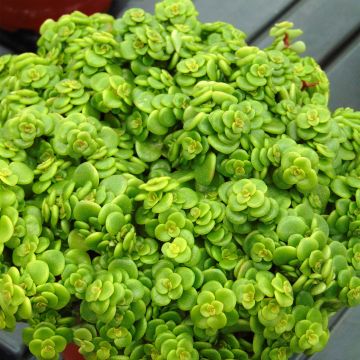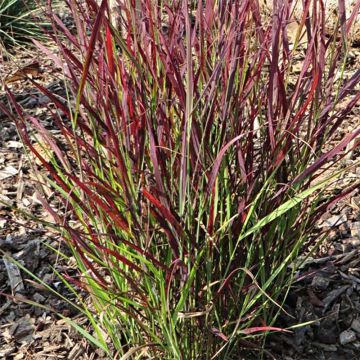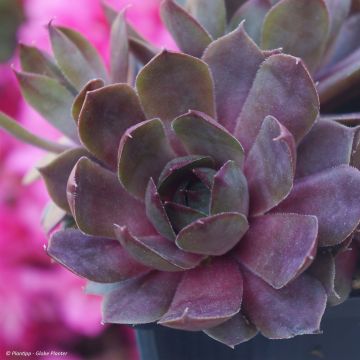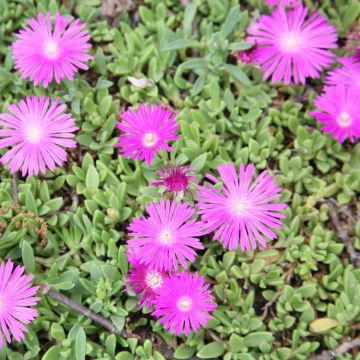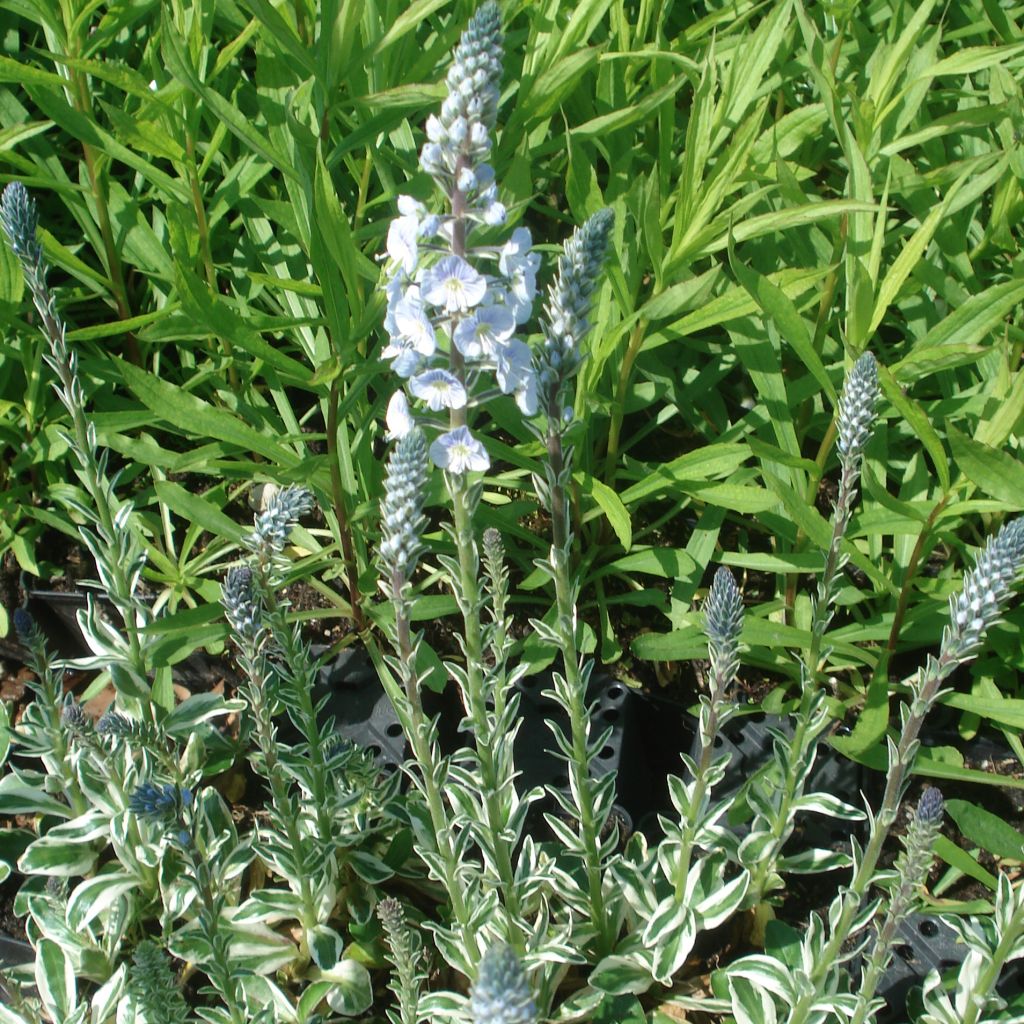

Veronica gentianoides Variegata
Veronica gentianoides Variegata
Veronica gentianoides Variegata
Gentian speedwell
Young plant correct, semble être installé, je dois attendre son développement bole pour me faire un avis.
Patricia, 23/09/2022
Special offer!
Receive a €20 voucher for any order over €90 (excluding delivery costs, credit notes, and plastic-free options)!
1- Add your favorite plants to your cart.
2- Once you have reached €90, confirm your order (you can even choose the delivery date!).
3- As soon as your order is shipped, you will receive an email containing your voucher code, valid for 3 months (90 days).
Your voucher is unique and can only be used once, for any order with a minimum value of €20, excluding delivery costs.
Can be combined with other current offers, non-divisible and non-refundable.
Why not try an alternative variety in stock?
View all →This plant carries a 12 months recovery warranty
More information
We guarantee the quality of our plants for a full growing cycle, and will replace at our expense any plant that fails to recover under normal climatic and planting conditions.
Would this plant suit my garden?
Set up your Plantfit profile →
Description
Veronica gentianoides 'Variegata' is a graceful, floriferous medium-sized herbaceous perennial. It has a basal rosette of lovely bright and shiny green foliage splashed with cream. From spring to early summer, spikes of graceful and delicate light blue flowers streaked with lilac appear. A beautiful Veronica, prized for its variegated semi-evergreen foliage and abundant flowering!
Veronica gentianoides, also called Veronica with gentian-like leaves or Caucasian Veronica, is a vigorous, hardy and very floriferous herbaceous perennial, belonging to the scrophulariaceae family. It is native to the Caucasus, Ukraine, and the northern and central regions of Turkey. 'Variegata' is a variegated form, forming a spreading clump of about 40 cm (16in) in circumference, like a ground cover. This variety has basal rosettes of bright, shiny dark green leaves edged with cream-white. Its wide, lanceolate, thick, about 8 cm (3in) long leaves can be evergreen, depending on the climate. From April to July 45 cm (18in) tall flower stems, bearing long terminal clusters of pale blue flowers, veined with lilac emerge from the foliage. This nectar-rich Veronica with gentian-like leaves is attractive to many pollinating insects.
This variegated Caucasian Veronica is very easy to grow and requires no maintenance. It will do best in full sun, but can tolerate light shade. In a more shaded position, its foliage may show less variegation. It will enhance rockeries, bordering alleys and paths, or the base of bushes, roses or clematis. In flower beds and mixed borders, it is the perfect companion for many perennial plants, like Iris germanica, perennial Geraniums, Anthemis, Aconites, Primroses or Caucasian Forget-me-nots. Its cream-edged foliage brightens the flower beds with other perennial plants with coloured foliage or stems, Penstemons, Heucheras or grasses.
Veronica gentianoides Variegata in pictures
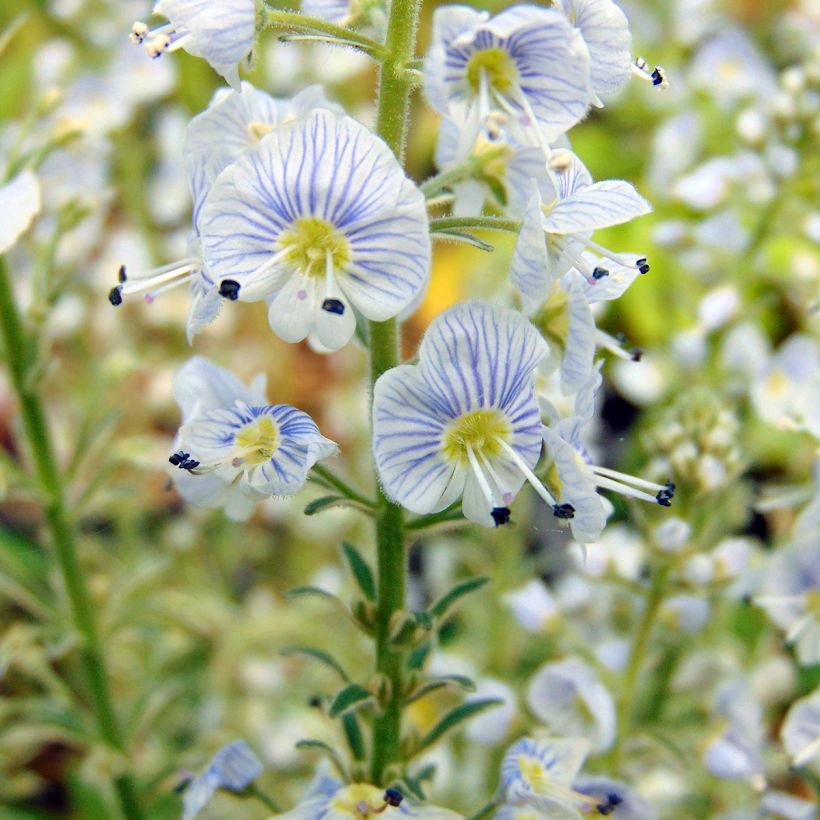

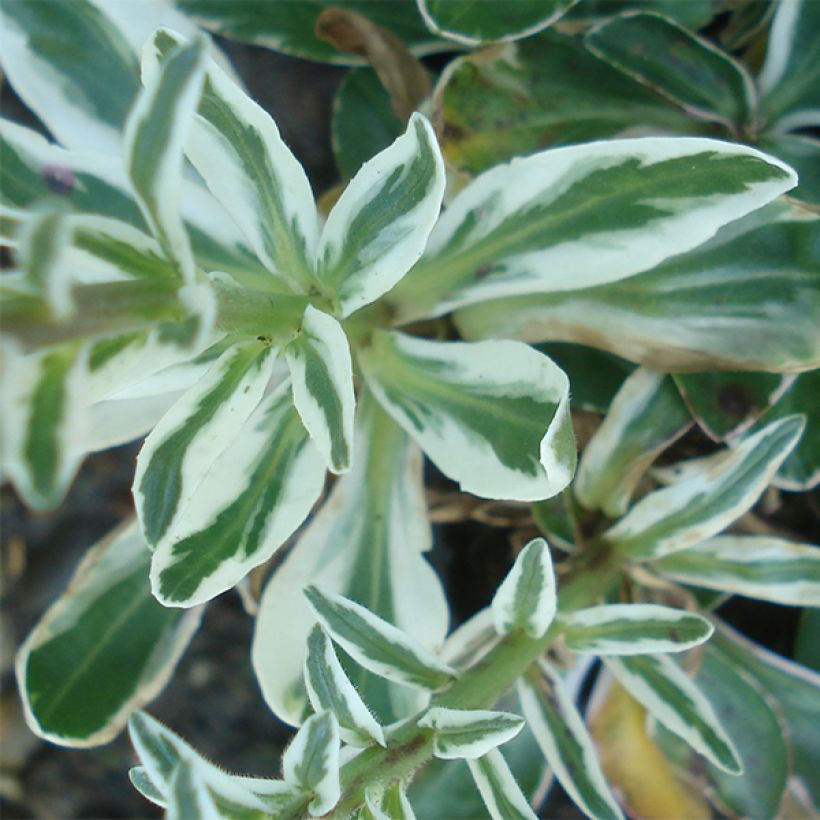

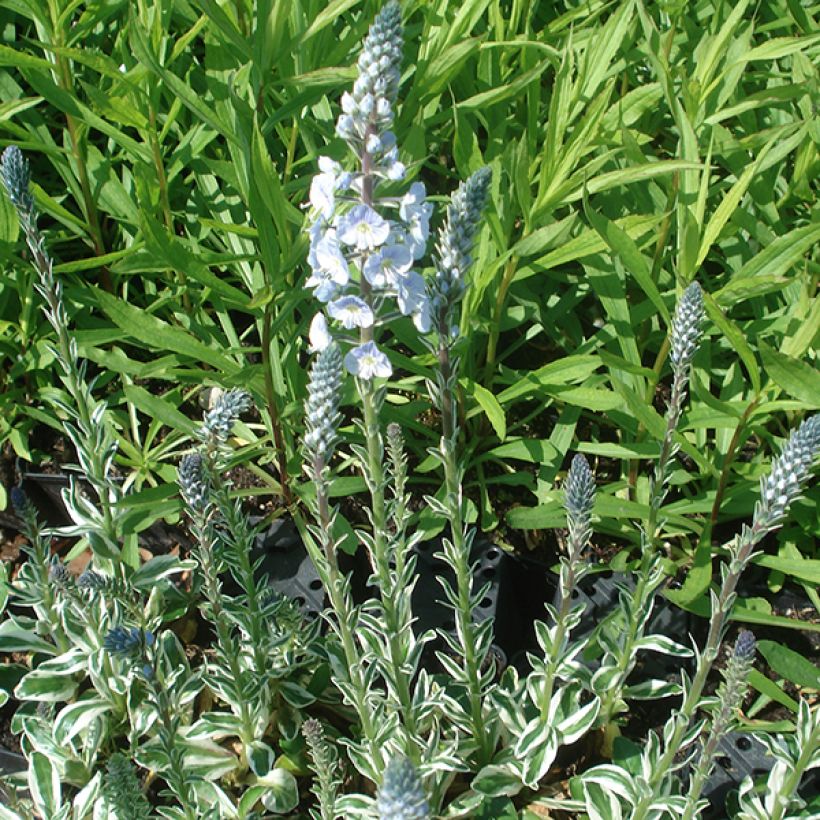

Flowering
Foliage
Plant habit
Botanical data
Veronica
gentianoides
Variegata
Scrophulariacées
Gentian speedwell
Cultivar or hybrid
Other Veronica - Speedwell
View all →Planting and care
Veronica gentianoides 'Variegata' is very easy to grow, requires very little maintenance and is extremely hardy, tolerating temperatures down to -15°C (5°F) and beyond. It is best planted in spring or autumn in a sunny location, or slightly shaded. It is undemanding, can tolerate limestone and adapts to any type of soil, as long as it is well-drained and not too dry. Water if necessary in the first few years, as it does not like prolonged drought. Regularly remove faded stems at ground level to encourage new flower spikes in autumn. If the clumps have become too large, divide the crowns in spring or autumn. In late winter, before the start of new growth, clean the clump by removing dry foliage.
Planting period
Intended location
Care
Planting & care advice
-
, onOrder confirmed
Reply from on Promesse de fleurs
Similar products
Haven't found what you were looking for?
Hardiness is the lowest winter temperature a plant can endure without suffering serious damage or even dying. However, hardiness is affected by location (a sheltered area, such as a patio), protection (winter cover) and soil type (hardiness is improved by well-drained soil).

Photo Sharing Terms & Conditions
In order to encourage gardeners to interact and share their experiences, Promesse de fleurs offers various media enabling content to be uploaded onto its Site - in particular via the ‘Photo sharing’ module.
The User agrees to refrain from:
- Posting any content that is illegal, prejudicial, insulting, racist, inciteful to hatred, revisionist, contrary to public decency, that infringes on privacy or on the privacy rights of third parties, in particular the publicity rights of persons and goods, intellectual property rights, or the right to privacy.
- Submitting content on behalf of a third party;
- Impersonate the identity of a third party and/or publish any personal information about a third party;
In general, the User undertakes to refrain from any unethical behaviour.
All Content (in particular text, comments, files, images, photos, videos, creative works, etc.), which may be subject to property or intellectual property rights, image or other private rights, shall remain the property of the User, subject to the limited rights granted by the terms of the licence granted by Promesse de fleurs as stated below. Users are at liberty to publish or not to publish such Content on the Site, notably via the ‘Photo Sharing’ facility, and accept that this Content shall be made public and freely accessible, notably on the Internet.
Users further acknowledge, undertake to have ,and guarantee that they hold all necessary rights and permissions to publish such material on the Site, in particular with regard to the legislation in force pertaining to any privacy, property, intellectual property, image, or contractual rights, or rights of any other nature. By publishing such Content on the Site, Users acknowledge accepting full liability as publishers of the Content within the meaning of the law, and grant Promesse de fleurs, free of charge, an inclusive, worldwide licence for the said Content for the entire duration of its publication, including all reproduction, representation, up/downloading, displaying, performing, transmission, and storage rights.
Users also grant permission for their name to be linked to the Content and accept that this link may not always be made available.
By engaging in posting material, Users consent to their Content becoming automatically accessible on the Internet, in particular on other sites and/or blogs and/or web pages of the Promesse de fleurs site, including in particular social pages and the Promesse de fleurs catalogue.
Users may secure the removal of entrusted content free of charge by issuing a simple request via our contact form.
The flowering period indicated on our website applies to countries and regions located in USDA zone 8 (France, the United Kingdom, Ireland, the Netherlands, etc.)
It will vary according to where you live:
- In zones 9 to 10 (Italy, Spain, Greece, etc.), flowering will occur about 2 to 4 weeks earlier.
- In zones 6 to 7 (Germany, Poland, Slovenia, and lower mountainous regions), flowering will be delayed by 2 to 3 weeks.
- In zone 5 (Central Europe, Scandinavia), blooming will be delayed by 3 to 5 weeks.
In temperate climates, pruning of spring-flowering shrubs (forsythia, spireas, etc.) should be done just after flowering.
Pruning of summer-flowering shrubs (Indian Lilac, Perovskia, etc.) can be done in winter or spring.
In cold regions as well as with frost-sensitive plants, avoid pruning too early when severe frosts may still occur.
The planting period indicated on our website applies to countries and regions located in USDA zone 8 (France, United Kingdom, Ireland, Netherlands).
It will vary according to where you live:
- In Mediterranean zones (Marseille, Madrid, Milan, etc.), autumn and winter are the best planting periods.
- In continental zones (Strasbourg, Munich, Vienna, etc.), delay planting by 2 to 3 weeks in spring and bring it forward by 2 to 4 weeks in autumn.
- In mountainous regions (the Alps, Pyrenees, Carpathians, etc.), it is best to plant in late spring (May-June) or late summer (August-September).
The harvesting period indicated on our website applies to countries and regions in USDA zone 8 (France, England, Ireland, the Netherlands).
In colder areas (Scandinavia, Poland, Austria...) fruit and vegetable harvests are likely to be delayed by 3-4 weeks.
In warmer areas (Italy, Spain, Greece, etc.), harvesting will probably take place earlier, depending on weather conditions.
The sowing periods indicated on our website apply to countries and regions within USDA Zone 8 (France, UK, Ireland, Netherlands).
In colder areas (Scandinavia, Poland, Austria...), delay any outdoor sowing by 3-4 weeks, or sow under glass.
In warmer climes (Italy, Spain, Greece, etc.), bring outdoor sowing forward by a few weeks.






























